
January 2025 — The Reserve Bank of India’s (RBI) newly appointed Governor, Sanjay Malhotra, has signaled a transformative shift in managing the Indian rupee, aligning more closely with market dynamics while maintaining selective interventions to curb excessive volatility.
Key Highlights of the New Policy Approach
- Liberalizing the Rupee’s Movement
- Governor Malhotra’s approach emphasizes regulated currency depreciation, allowing the rupee to better reflect market forces while controlling unnecessary fluctuations.
- A historic peak in the trade-weighted Real Effective Exchange Rate (REER) index at 108.14 in November prompted renewed focus on correcting overvaluation.
- Departure from Tight Currency Controls Under Shaktikanta Das
- Under former Governor Shaktikanta Das, the RBI used its $700 billion foreign exchange reserves to maintain the rupee’s stability.
- Das’s policies minimized rupee volatility, drawing criticism from exporters who struggled to compete globally.
- Under Malhotra, the rupee has already depreciated by 2%, and one-month implied volatility has spiked to its highest level in over a year.
Factors Driving the Rupee’s Decline
- Global Economic Pressures:
- A strong US dollar coupled with surging global oil prices.
- Foreign outflows of $2 billion from Indian stocks and $705.5 million from fixed-income instruments in early 2025.
- Import Dependence:
- India imports 90% of its oil, and a weakening rupee raises energy import costs, adversely affecting the nation’s fiscal balance.
Controlled Interventions to Manage Risks
- Combating Speculative Risks:
- The RBI is actively monitoring speculative positions and remains prepared to intervene decisively against excessive market volatility.
- Balancing Local Needs With Global Trends:
- While exporters welcome a depreciated rupee to bolster competitiveness, controlled measures are in place to mitigate inflationary impacts on the broader economy.
Anticipated Outcomes
- Market Confidence:
- The RBI’s evolving policy under Governor Malhotra is expected to attract positive sentiment from global investors by fostering a fairer currency valuation.
- Reduced External Shocks:
- As the global economy stabilizes, there is optimism that the rupee will gain strength, especially in light of Donald Trump’s upcoming inauguration as US President, which could reduce market uncertainty.
- Strategic Adjustments Moving Forward:
- The next monetary policy review in February will likely provide further clarity on how the RBI plans to navigate rising oil costs, declining investment inflows, and global economic shifts.
Conclusion
Governor Sanjay Malhotra’s policy signals a pivotal transition for India’s currency management, aiming to balance increased rupee flexibility with calibrated interventions. This approach not only addresses immediate macroeconomic challenges but also lays the groundwork for long-term market resilience.

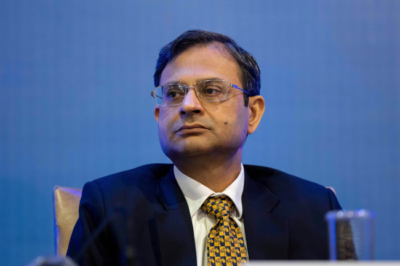





















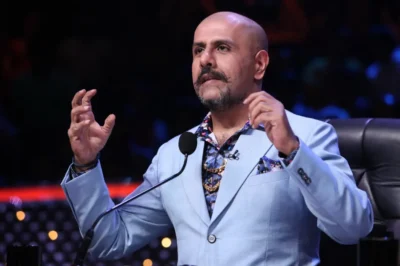





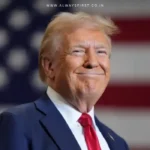





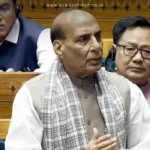

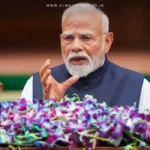


Leave a Reply